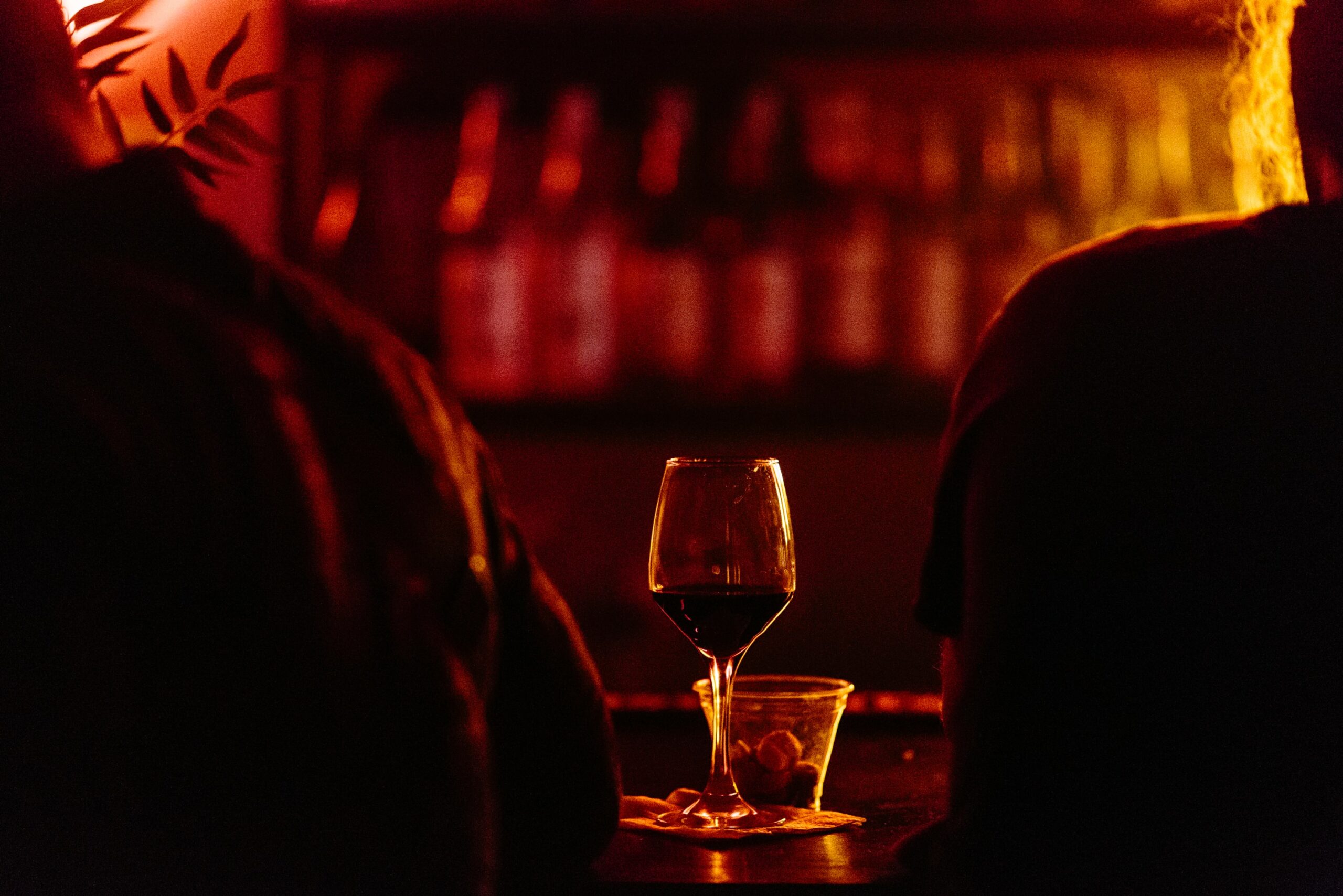C&P’s Account Supervisor, Amanda Torres, explores how wine professionals and media can engage with newer generations in a meaningful way.
Gone are the days of ‘slapping the bag’ and pregaming with boxed wine… it seems. For Millennials or ‘Generation Y’ (anyone born between 1981 and 1996), “mindful drinking,” is the new way of being and many consumers of this generation are rethinking their relationship with alcohol.
According to a 2019 Nielsen study, US Millennials are the driving force behind the “mindful drinking” movement with 66% percent of consumers in this age group reducing their consumption of alcohol, leaving a “whopping” 20% of Millennials who actively drink wine. Shanken News Daily reports alcohol-free drink sales increased by an aggregate 17.6% from October 2021-2022, according to combined statistics from IRI and NielsenIQ, much faster than the growth of total traditional beverages (such as soda, tea, coffee, sports drinks, etc). The numbers are there and all point to Millennials who are analyzing their drinking habits through a magnifying lens and questioning how alcohol affects them. Are they forgetting moments of the night before? Are they waking up unable to function? Did they do or say something they regret? How rested are they according to their Oura rings?
Consumers in this age group are searching for a healthier place for alcohol in their lives, mentally and physically. For NYU Masters Candidate Celina Rodriguez, the main reason for drinking less had all to do with a relatively new term: hangxiety. “I never sleep well after drinking,” Rodriguez noted. “I’m always awake super early and then force myself to do something productive, because, otherwise, I feel guilty if I waste the whole day being hungover.” Felix Barrios, a NYC Millennial, added, “My hangovers were lasting over 48 hours. I hated that I was missing out on so much of my weekend because of it. I’ve been sober for 10 months now, and I feel great. My mental fogginess has decreased, I lost a lot of weight and my pockets are fuller [i.e. I have more money].”
For better or worse, we live in a social media-driven world with an excessive amount of information and resources available to us at the tap of a button screen, giving Millennials a more nuanced understanding of how drinking impacts their life. Brands seem to be paying attention to these trends too with Diageo’s non-alcohol spirit line ‘Seedlip’, Heineken’s ‘0 beer’ and TÖST’s alcohol-free wine making their mark in the industry.
But, if younger audiences are drinking less and valuing “health” more, how will the current and upcoming writers who focus on wine connect with their audience? Will there be an audience?
“It’s an interesting question. I think a lot about if people are truly drinking less, or if we’re just getting better at data so we have more numbers to work with,” says Journalist and Author Shana Clarke. “I do wonder: if people are truly paying more attention to what they are putting in their bodies, how will that affect their wine choices, and thus, the stories we tell?”
Despite younger audiences gravitating toward the sober-curious movement, this does not necessarily mean they are uninterested in the art behind the product: the winemaking techniques, how winemakers tend to their vineyard, the bottling and label production, etc. Wine Opinions reported 43% of Millennials visited a winery in the past 12 months, and considering the effects of the pandemic and looping recession, this number is one to watch.
Providing opportunities for both writers and consumers to have a front-row seat to witness the human side of winemaking can create a new sense of inclusivity in a world that has for so long felt exclusive. According to a Wine Market survey, 52% of consumers sometimes want to know about the winery or winemakers before making an in-store purchase, and 28% always want to know. Additionally, 40% of these consumers want to know how the grapes were grown, which can be achieved through more winery visits.
“People won’t stop drinking wine. It’s been around for thousands of years and it’s a way of life in many cultures,” Clarke adds. “How it fits into our future will continue to change. Finances, living situations, life experiences — these will absolutely factor into a person’s evolution, and an interest in wine will evolve as well (one way or another).”
While there’s no clear-cut answer, we can assume that there needs to be a change in either the way we attract new and interested consumers or the opportunities available to them. Whether that means writers pull back on the type of tasting notes and descriptors used when speaking to newer audiences/generations to be more inclusive, as Clarke shared was her latest strategy, or we create once-in-a-lifetime experiences for either the consumer to witness first-hand or writers to share with their readers as inspiration to learn more about our industry, the younger audiences need to see the art beyond what’s in the glass.
Maybe this means flying them on a helicopter to get to the Frescobaldi castle (Castello Nipozzano) or coordinating a trip during harvest season at Bodegas Montecillo to learn the art of winemaking. At the very least, the opportunities we present to Millennials (and the generations to come) need to be thoughtful. mindful. organic.
Something to get them curious about this world.
Amanda Torres is an account supervisor at Colangelo & Partners, passionate about storytelling, community building, horror movies and Tiktok.


